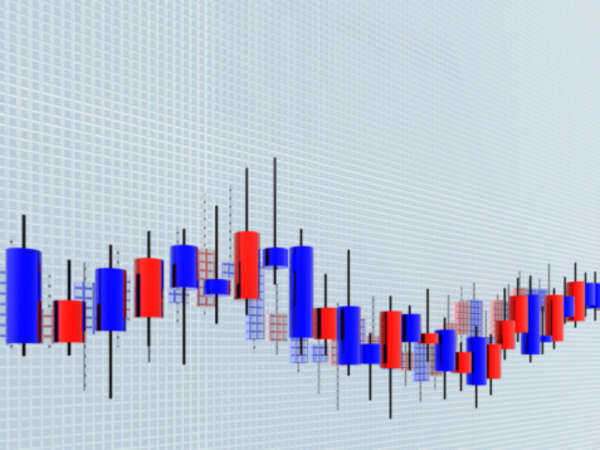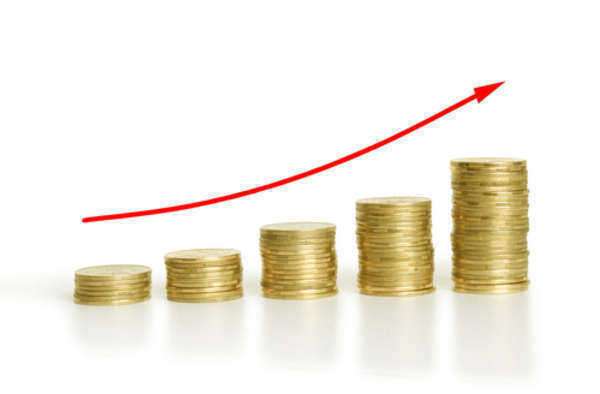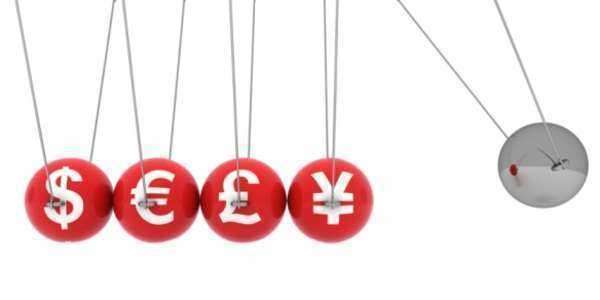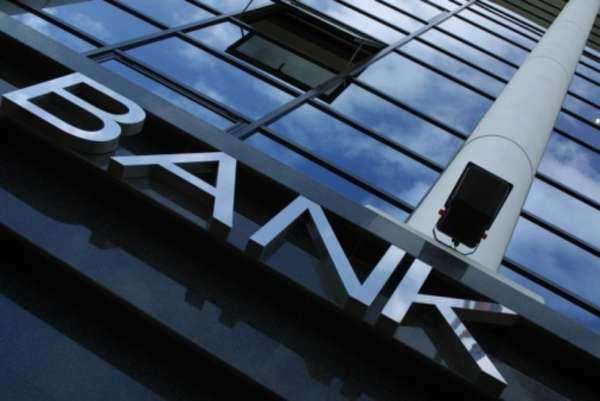Currency Exchange Rates

What are currency exchange rates?
Currency exchange rates fluctuate every day, although usually not in significant swings, unless there are dire external circumstances, such as the collapse of a national banking system, currency devaluation or bankruptcy. There will however be long term trends upward and downward that represent the strength of the economies of two countries in relation to each other. For up to date information on currency exchange rates, one should consult a bank and the price in London, the center of currency trading, is considered the market standard.
Different banking institutions and exchange bureaus will have different rates, usually reflecting the profit they will make from the transaction. There are also different rates for buying and selling currency, reflecting current market demand. Some currency exchange places will keep accurate current exchange rates but charge a percentage commission on the transaction.
When abroad, you will often find that banks and credit cards will have the best currency exchange rates and currency exchange at the airport of heavily tourist areas will have exorbitant commissions and fees. It is best to change some currency at a local bank before leaving for the foreign country, although that bank may have to request the foreign currency in advance from another branch.
Currency exchange rates change at all times of the day as the Forex market operates continuously through the week. Before making a major foreign transaction, check the currency exchange rates and trends to determine if you will be paying more or less as the currency exchange rate changes with market demand.





























